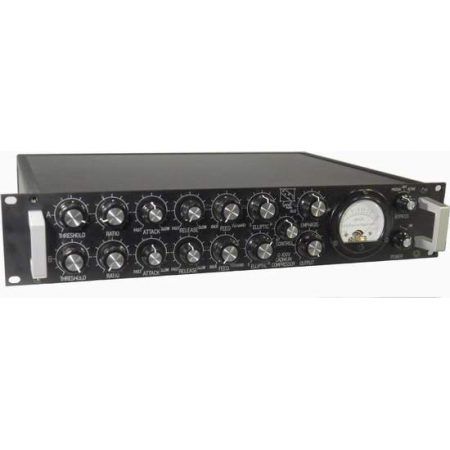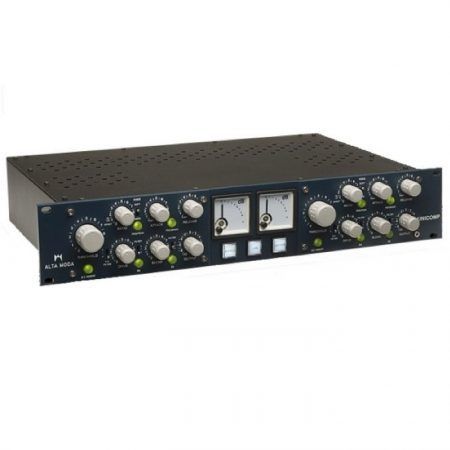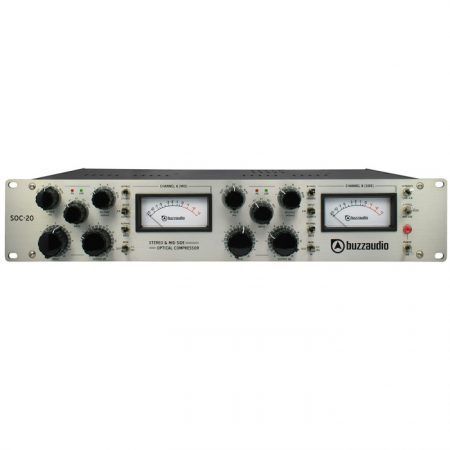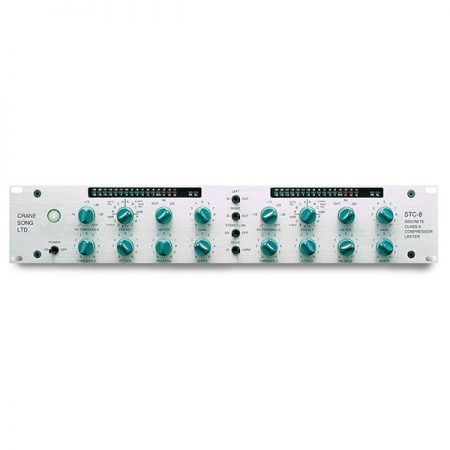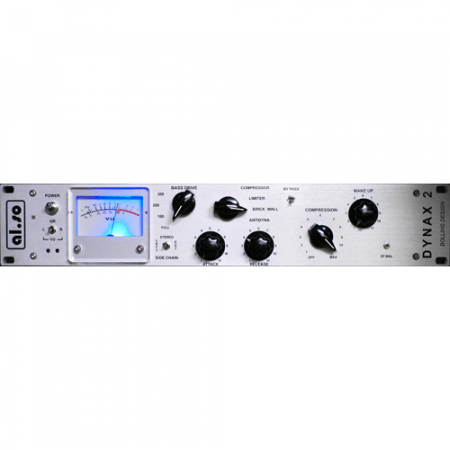Descripción
Rethinking transparent compression
Gentleness and subtlety were again our main design targets here: This compresor is based on a carefully designed fully passive signal path, consisting of one metal film resistor, one audio transformer and one photo resistor per channel. That’s it. Nothing more.
Yes, the elaborate sidechain and controls need active electronics (and thus a power supply, contrary to G21) – but all these analogue engines only ever interacts with your audio by directing a bit of light to an array of photo resistors dragging that channel towards one or the other phase of the opposite channel signal. Nothing else.
We believe this to be the most important innovation in the G24, the passive audio path – inspiration and technology borrowed from the notorious G21. But this is far from the only innovation that sets it apart from every other compressor out there: Most of it’s intricate control system was conceived from scratch, following a stringent «what-if» paradigm of research, trial and error. This
– Dual sidechain. No, not just a dual-mono option, but two separate stereo-compressor sidechains acting simultaneusly on the signal. Equals two separate stereo compressors. You can use one to grab short transients with fast timong, and the other to slowly ride gain… On top of this we give you the «Control» pot, that morphs seamlessly between the two compressors
– Gradually variable all the way from L/R to M/S. Yes, although the G24 can be thought of as a couple of stereo compressors, it is in reality two M/S compressors that are fully variable all the way from from M-only (Mid component) to S-only (Side component) – the beauty being that when the «Elliptic» control is centered, (M-compression = S-compression), it acts (and is) the same as a stereo compressor. or rather: Two stereo compressors..
– Compression Fully variable from FeedForward to FeedBack. Now wait, two individual compressors, you say: But how do we decide which of those comes first? Kinda important factor in compression, is it not? Aah yes. We included a «Feed» control for your convenience, allowing you to dial in a setting from feed-forward to feedback INCLUDING everything in-between. You are not limited to having just one of them first (or last) – you can set both of them as you want, e.g. having both first (!). Uh – and you can set them in-between also, off course – you may realize that FF and FB compression are subjectively perceived as two very different beasts – and the continous fade between their ways makes a lot of sense.
– Mono-compatible Sidechain signal summing for M/S collapsing to make sense. When initially trying to think up this compressor, the main design obstacle was about keeping the sidechain (relatively) simple. As we really want both L, R, M, and S to be able to contribute to the derived control voltages (because it’s a MS-compressor as well as a LR), we could not simply add input/output signals to derive a singular signal for the sidechain, as this would completely cancel out the «Side» part of the signal, leaving us with only «Mid» component. One – in reality almost impossible – option would be to build four tracking sidechains, and then sum them before Ratio control. What we did is something old and new: We re-purposed an ancient signal processor that was designed to maintain mono compatibility for stereo signals e.g. when transmitted over AM – this processor shifts signal phase +90 and -90 degrees in the two (LR), which ensures that when adding the two channels after processing, you get +3dB Side component and +3dB Mid, in stead of loosing all «S» and getting +6dB of «M»
– Sidechain Tilt emphasis

